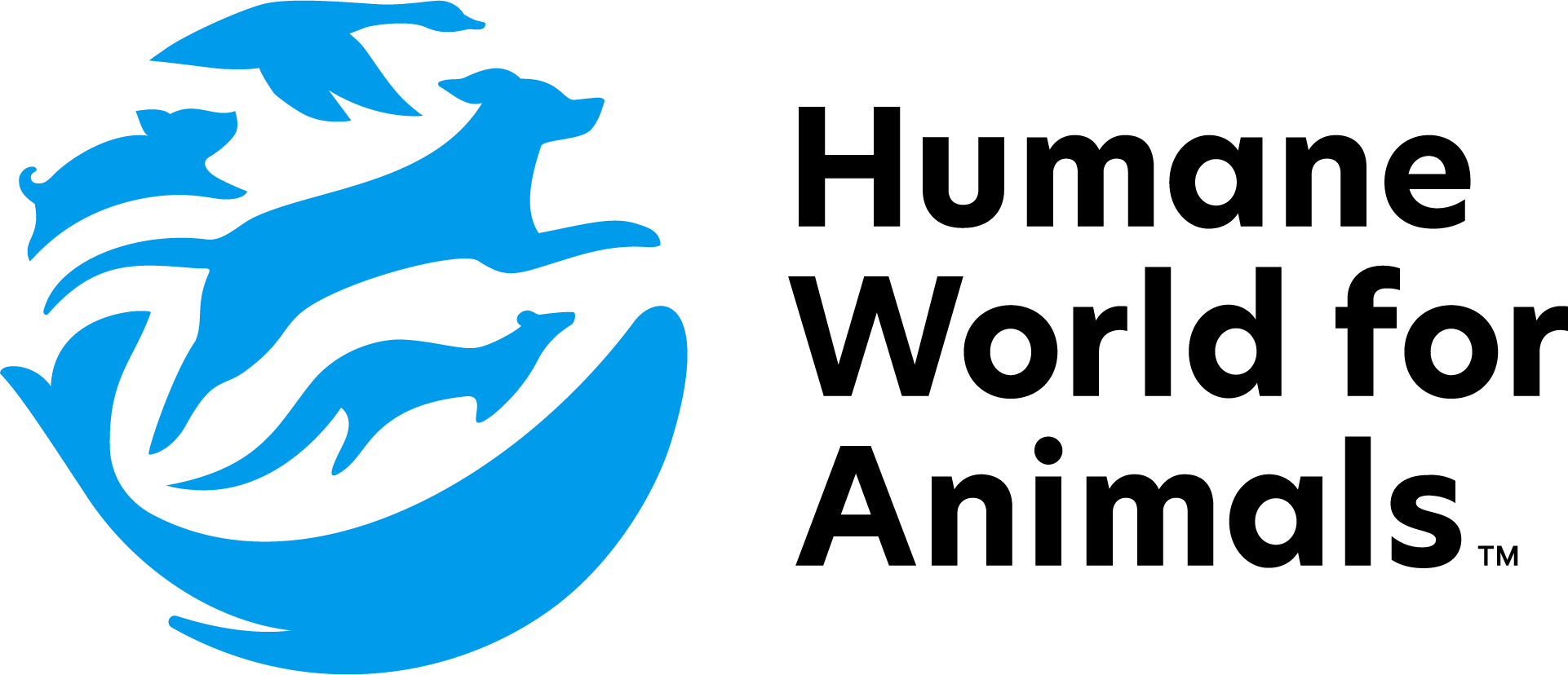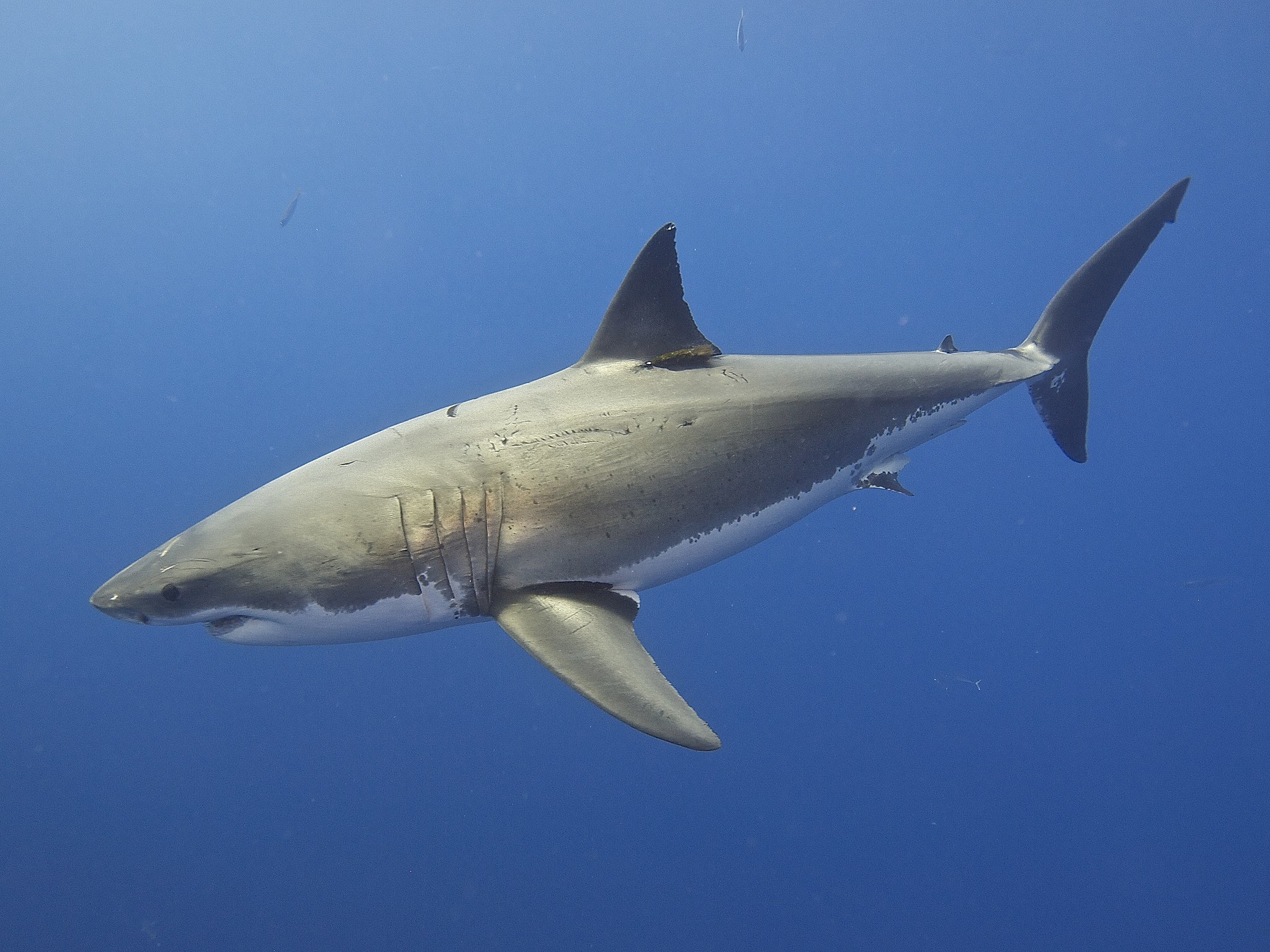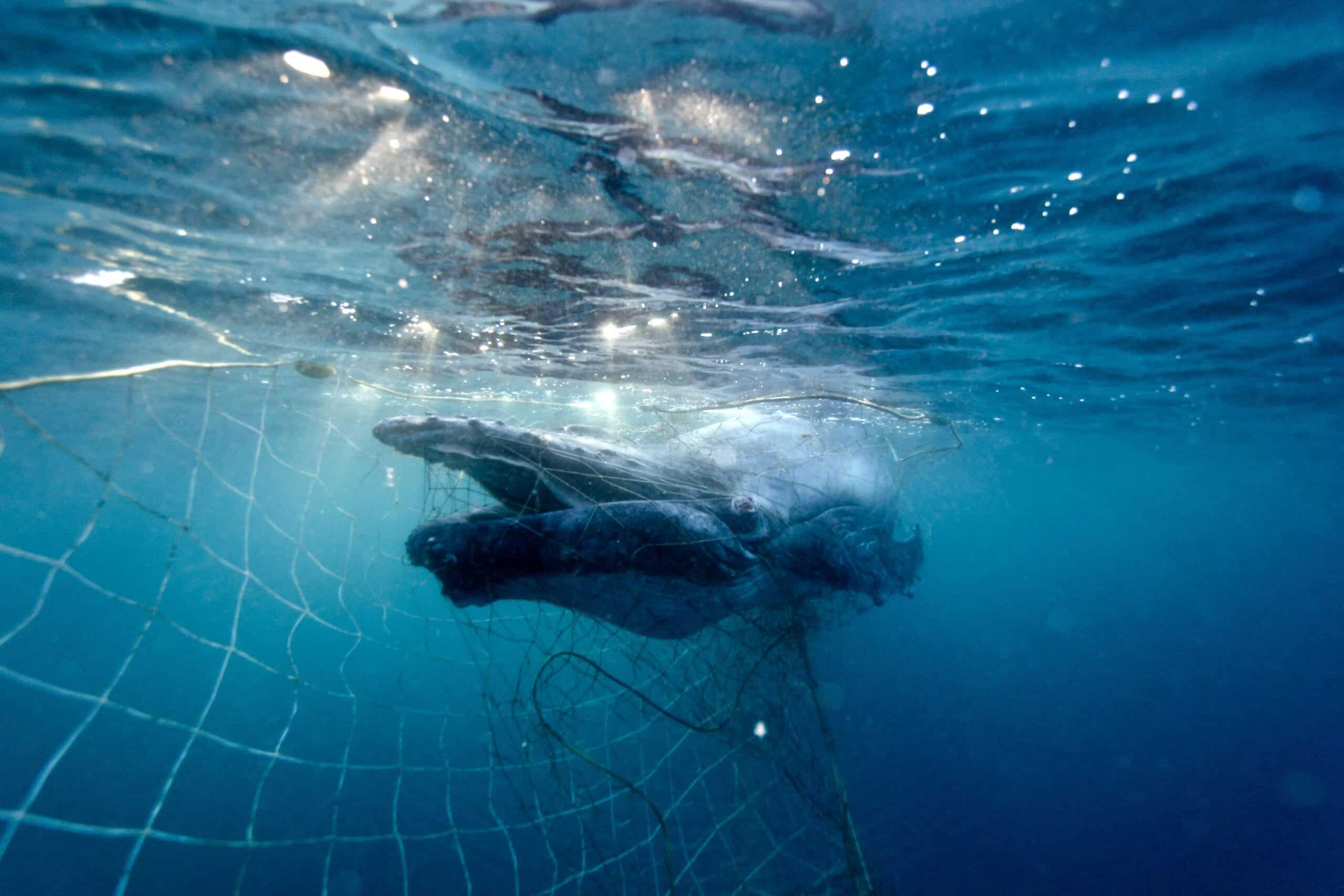Research shows that Australia’s great white sharks are highly related to each other and may consist of fewer than 500 breeding animals. SYDNEY, 24 June 2025: Latest research has found Australia’s great white shark population is much smaller than expected, increasing their vulnerability to further population threats. The population...
Today is International Women’s Day!
International Women’s Day is a global celebration of the achievements and diversity of women. Held on 8 March every year, the day also serves as an opportunity to highlight the ongoing challenges and systemic barriers that hinder the progress toward gender equality. Through advocating for women, we can work towards their equal access to opportunities and make it possible for them to reach their full potential.
The theme for International Women’s Day for 2025 is: “For ALL Women: Rights. Equality. Empowerment.” This year’s theme invites us to reflect on how we can support the next generation of young women and girls. Today, we have the chance to empower the women in our communities and give them the platforms, confidence, and encouragement they need to excel.
Women in STEM
Gender disparity remains a significant issue in the STEM (Science, Technology, Engineering, and Mathematics) field. Women continue to be underrepresented in STEM education, workplaces, and leadership roles. This can be from both external challenges such as gender bias and stereotypes, as well as internal barriers like lack of confidence and limited understanding of STEM career opportunities.
Girls and young women are less likely to pursue STEM subjects or careers compared to their male counterparts. To succeed or even consider a career in STEM, women and girls need encouragement, inclusive environments, and female role models who can inspire and guide them.
Women at Humane World for Animals Australia
In celebration of International Women’s Day, we are proud to spotlight some of the remarkable women in STEM at Humane World for Animals Australia as they work towards make a meaningful and lasting impact.
1. What prompted you to pursue a career in science?
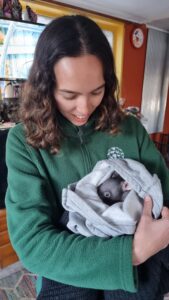
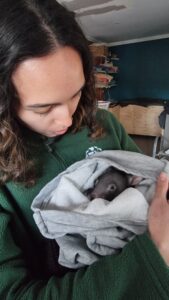
Pictures: Louisa Bartels with wombat joey Gilbert at Wildlife Land Trust sanctuary Wombat Stomp
“As a kid I was fascinated with backyard bugs and animal encyclopedias, and I enjoyed biological science subjects in school. I followed my scientific interests to university where I studied animal science. Afterwards I then worked across various field-based and science-communication roles. Finding my current role as Wildlife Land Trust Program Officer was an awesome fit for my experience but also continues to provide me with opportunities to grow and challenge myself by learning new skills and aspects of the animal welfare sector.” Louisa Bartels, Wildlife Land Trust Program Officer
2. What was the pathway that led you to your current role?
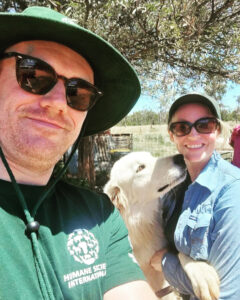
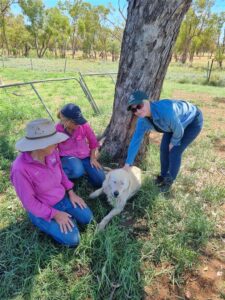
Pictures: Louise Boronyak and Evan Quartermain Head of Programs with Maremma dogs (a livestock guardian dog breed) and sheep farmers in Central Queensland.
“In 2018 I decided to do a PhD focused on the critical issue of human-wildlife coexistence with a focus on human-carnivore interactions in landscapes used for extensive livestock grazing. I have interviewed more than 65 livestock producers, government wildlife agents, and staff from conservation organisations in South Africa, the USA and Australia trying to understand the different ways in which livestock predation is managed. In 2022, I worked with the Humane World for Animals (Humane Society International as it was called then) to summarise my research in the Guide to Predator Smart Farming (Boronyak & Quartermain, 2022). In my role at Humane World for Animals I work with governments and local communities to identify holistic and compassionate pathways to help foster coexistence between humans and their local wildlife.” Louise Boronyak, Wildlife Campaigner
3. Describe your favourite moment in the field so far?
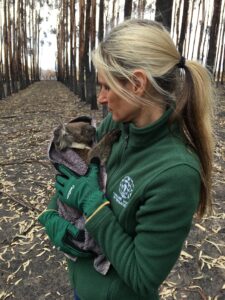

Pictures: left: Georgie Dolphin on deployment at Kangaroo Island, South Australia; right: Georgie with a rescued koala undergoing rehabilitation on Kangaroo Island
“During the Kangaroo Island Black Summer fires in 2020, I was part of the team deployed to search and rescue koalas and other impacted animals. One of the highlights in the field was when we released koala’s back into the wild once they had fully recovered from their injuries. Watching them bound up a tree and live freely once again was such a rewarding and heartwarming moment.” Georgie Dolphin, Animal Welfare Campaigner
4. How can we make sure women’s voices are heard and valued in science?

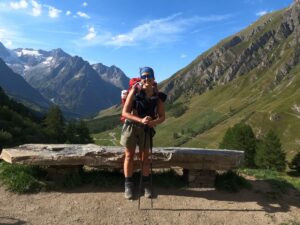
Pictures: Left: Rheanon Nichols and Evan Quartermain strategy planning in India with the global disaster response team; right: Rheanon in Switzerland
“Although STEM fields are male-dominated, the animal welfare sector is made up/comprised mainly of women. This has a large impact on how it is perceived in the context of wider gender roles, job performance and delivery etc. Women bring incredible skills to science, including collaboration, communication, and the ability to see complex social and environmental systems as interconnected — especially in fields like disaster response and conservation. Making sure women are represented in leadership roles, speaking at conferences, and given platforms to share their expertise is essential.” Rheanon Nichols, Disaster Response Program Officer
5. How can we empower young girls and inspire and support them to pursue a career in science?
“Sharing inspirational experiences, showing encouragement, and providing mentorship can help inspire more girls to follow the path to pursue a career in science. Hearing from a variety of role models firsthand could help to demonstrate the broad expanse of opportunities in science.” Georgie
“By improving representation of women who are in the scientific field. It is important that young girls can see themselves in the stories of women in scientific careers. They should be able to see that there is a place for them in science if they want to take paths less travelled and there are opportunities for them.” Louisa
“Have female role models for girls and young women to connect to and to know what is possible. Had it not been for Suzanne Asha Stone I would not have been on this incredible coexistence journey. My PhD supervisor Dr Arian Wallach was also an inspiration to me, she was one of the first females to work in this space and publish research papers. That gave me the confidence to pursue an area that is very male- dominated.” Louise
“Inspiring and supporting more girls to pursue science starts with making it equally accessible. That means investing in girls and women at every stage. From ensuring girls have equal opportunities in STEM education to funding and promoting women in scientific careers. When we actively invest in women in science, break down societal expectations, and create real pathways for them to thrive, we ensure that future generations of girls see science as a space where they belong and can make a lasting impact… and we see a better world because of it.” Rheanon
